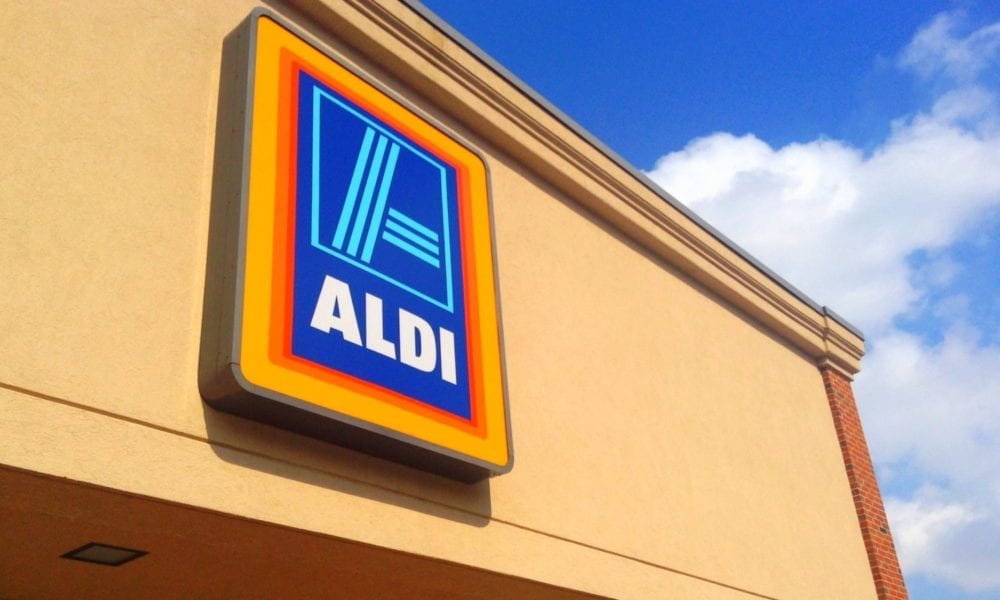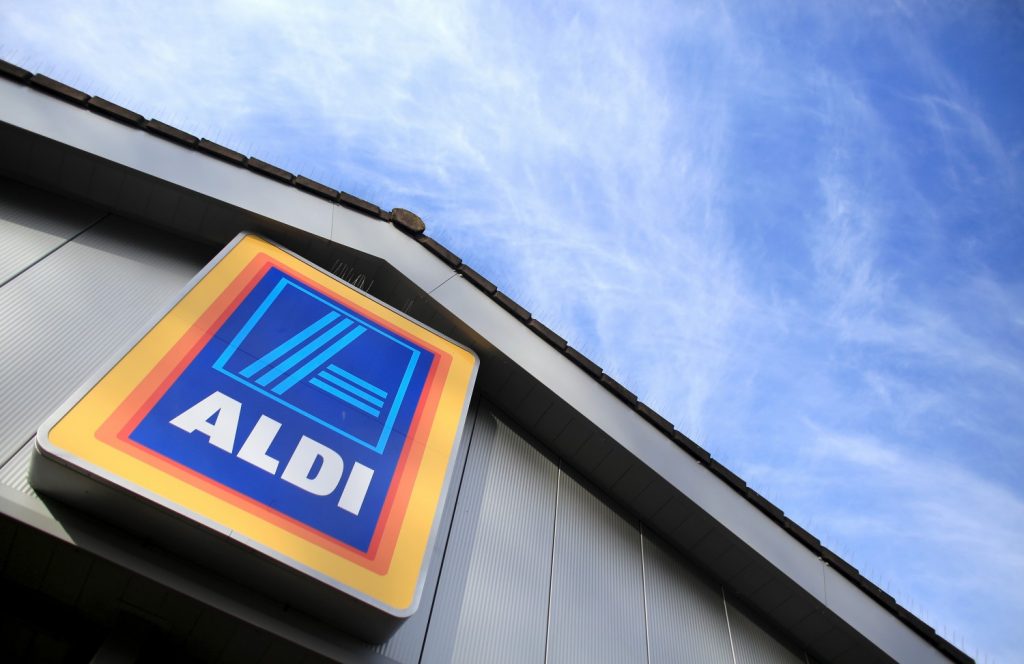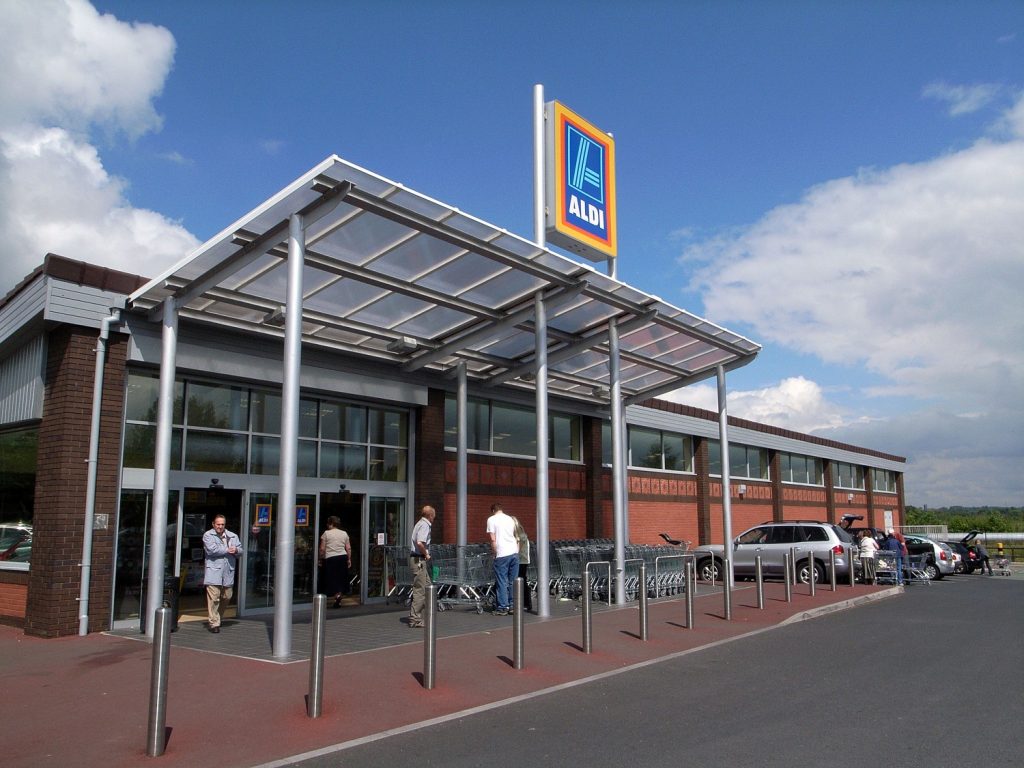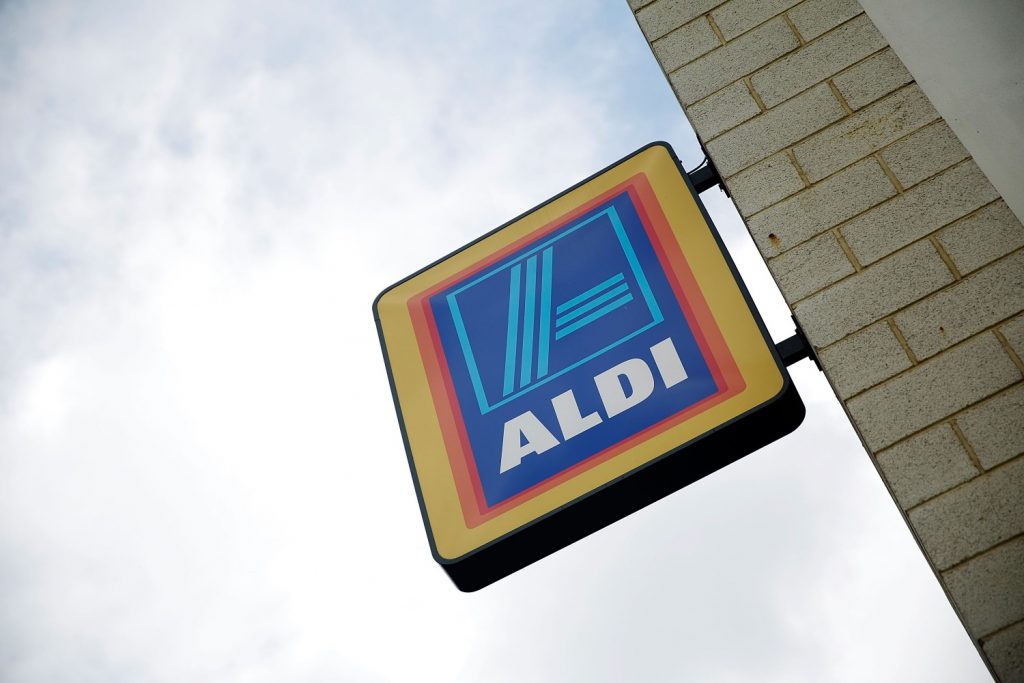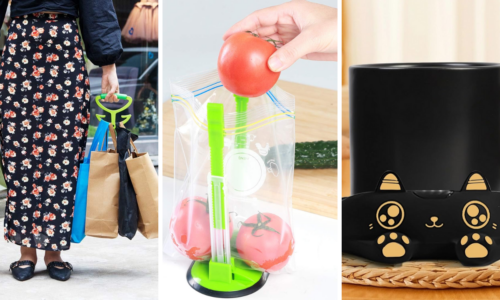There are so many tried-and-true ways to save money on your groceries—spend less on meat, use coupons, scour the weekly ads for deals.
But one of the easiest things you can do is to simply shop at a grocery store that offers lower prices.
Enter Aldi, the German grocery store chain with dirt-cheap prices on everything from produce to household items.
“It amazes me how far my $50 can go there vs. what little I can get for the same amount at my local grocery store,” wrote Tracie Fobes, the brains behind the blog Penny Pinchin’ Mom.
If you’ve never been to an Aldi, here’s what you need to know before you visit this money-saving supermarket.
1. It’s Not Fancy
Aldi likes to keep things simple. It’s set up like a warehouse (think Costco), so you’ll find items stacked in bulk boxes all over the store. This allows Aldi employees to quickly restock items, which saves you money. There’s no deli counter, no trendy coffee bar and no bakery.
You won’t be overwhelmed with thousands and thousands of items either, so if you’re searching for a very specialized item, you may need to make a trip to another store.
“While a typical supermarket carries about 30,000 items, we sell only the weekly must-haves,” states the Aldi website. “Smaller inventory means smaller stores, which leads to lower rent and electricity costs. This allows us to pass the savings on to you.”
2. There Are No Free Bags
The supermarket chain operates nearly 1,600 stores in 35 states. When you think about it, that’s a lot of paper or plastic shopping bags—and those costs can add up. To pass along savings to you, Aldi asks customers to bring their own bags or to purchase a reusable one from the store.
RELATED: Aldi vs. Whole Foods: Which Store’s Organic Options Are Better For Your Wallet?
“The end result is that we not only save our customers money—by avoiding adding the cost of the bag to our prices—but also precious resources,” according to the Aldi website.
Since they stock the store with bulk boxes, you can also grab an empty one to carry your groceries out to the car.
3. Carts Require Collateral
Technically, carts are free at Aldi, but you’ll need to bring a quarter with you to get one from the cart corral. When you return the cart to the corral, you get your quarter back.
Of course, this ends up saving you money, too, because Aldi isn’t paying people to track down loose carts in the parking lot all day.
https://www.instagram.com/p/BQNqyCiDtHO/?tagged=aldi
4. Bag Your Own Groceries
After a checker scans your groceries, you’re responsible for bagging them yourself.
This is yet another way Aldi cuts down on labor costs and is able to pass along more savings to you.
Don’t worry—there’s plenty of counter space beyond the cashier stations for you to organize your goodies.
5. Double Guarantee Return Policy
Aldi’s double guarantee return policy is pretty sweet. If you’re not satisfied with an item, not only will the supermarket refund your money, they’ll also replace the product.
You should know this policy only applies to food items and does not apply to alcohol, national brands and “non-quality related issues.”
6. It’s Not Open 24 Hours
Aldi has relatively limited hours compared to some grocery stores (especially if you’re used to shopping at a 24-hour Walmart). Hours vary by location, but typically Aldi is open from 9 a.m. to 9 p.m. Some close at 7 p.m. on Saturdays.
Aldi has determined that these are the most popular (and the most cost-effective) shopping hours.
“Staying open later would simply add labor costs—and raise our prices,” states Aldi website.
7. Aldi Carries Mostly Store-Brand Items
Though you’ll find a few name-brand items at your local Aldi, the store mostly carries its own “Aldi exclusive” items.
The store says that more than 90 percent of its products are Aldi exclusive brands, which means you save more because they’re not spending huge amounts of dough on advertising like name-brand retailers are.
The company recently began making its in-house brands healthier, too. Aldi removed certified synthetic colors, partially hydrogenated oils and added MSG from all of their products starting in 2014.
This no-frills supermarket is a great way to help tighten up your grocery budget!
